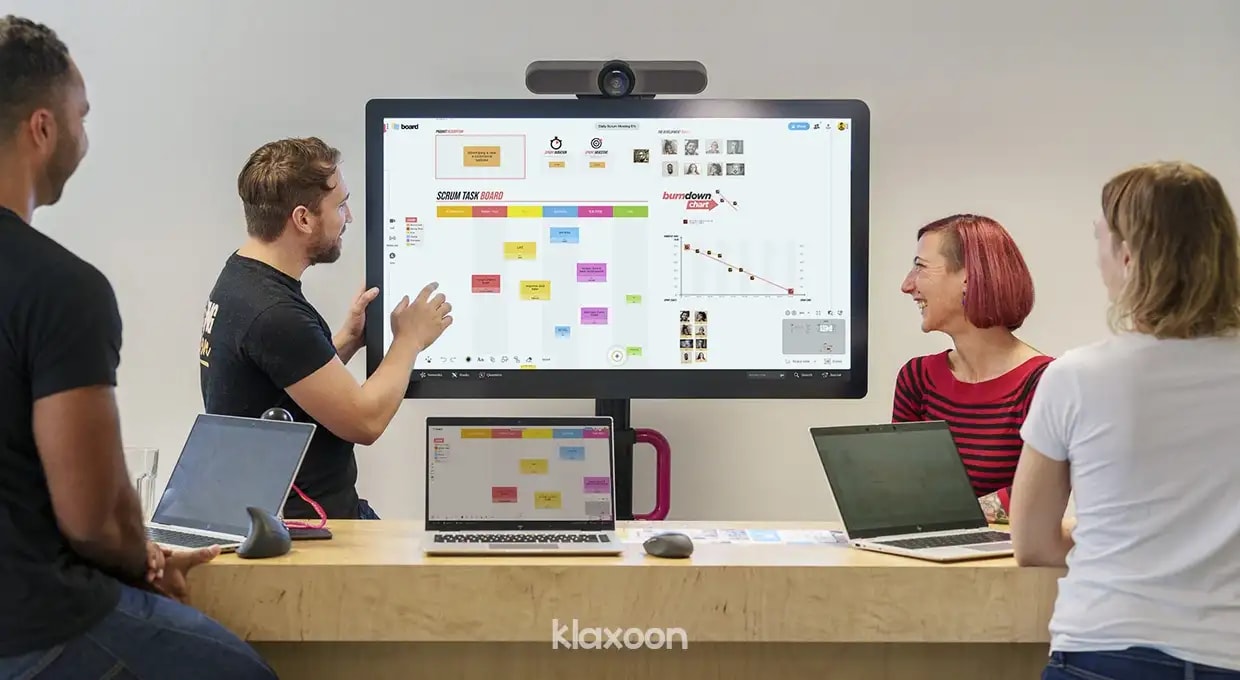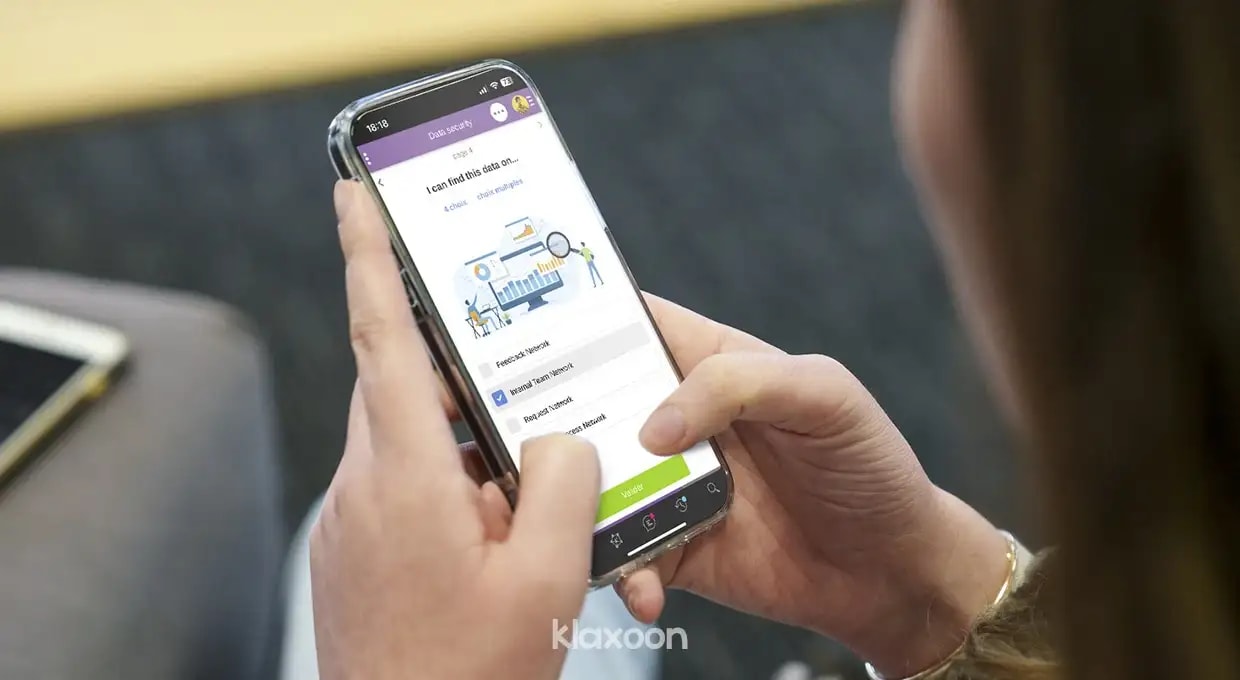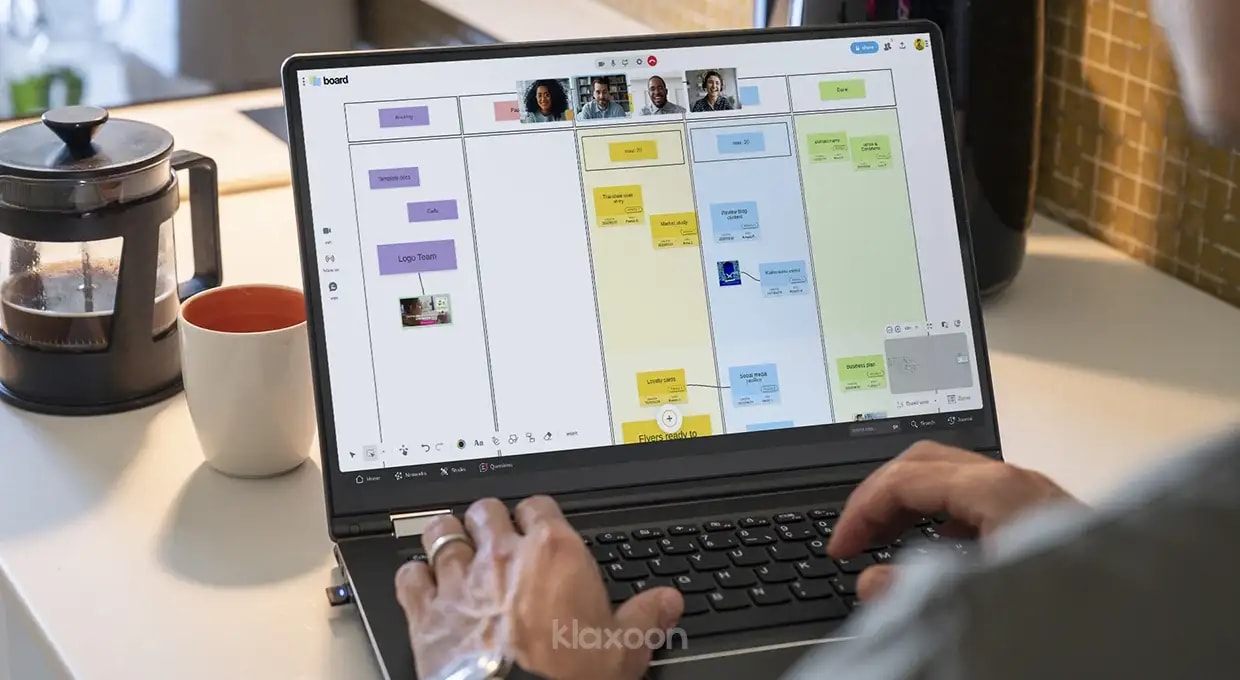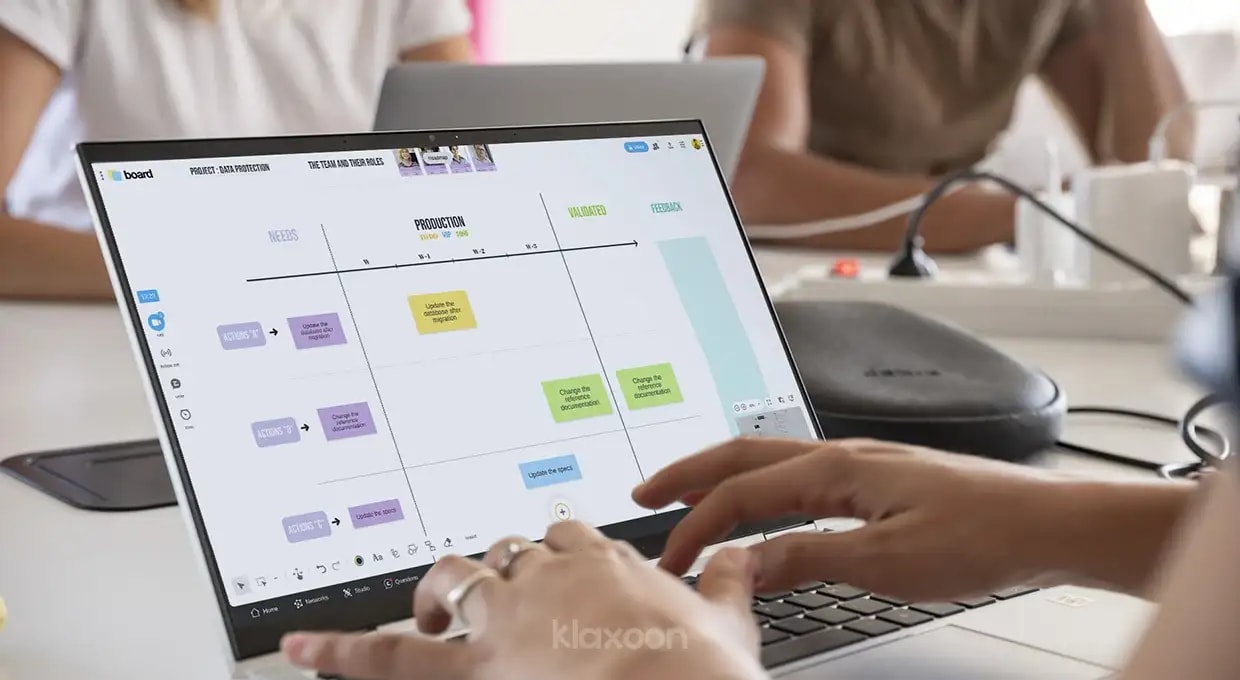6 key practices for CIOs in cultivating an agile, secure and innovative workspace
Published on February 14, 2025
In a context of complex and ever-changing digital transformation, Chief Information Officers (CIOs) are compelled to innovate continually, focusing on strategies that optimize workspaces, enhance competitiveness, and accelerate time to market. Here are 6 key practices to help them do so:


With these 6 practices, offer your teams both an innovative and safe working environment.


As an example, a Klaxoon Memo makes it easy to interactively share information about data location and centralization.


Whether you're working remotely or on-site, Klaxoon's all-in-one collaborative platform offers a fluid, visual experience.


The Roadmap template provides a visual space for structuring the management of your technical debt over time.


Interactive formats such as Klaxoon Surveys can also help you gather feedback from teams on tools used or desired internally.